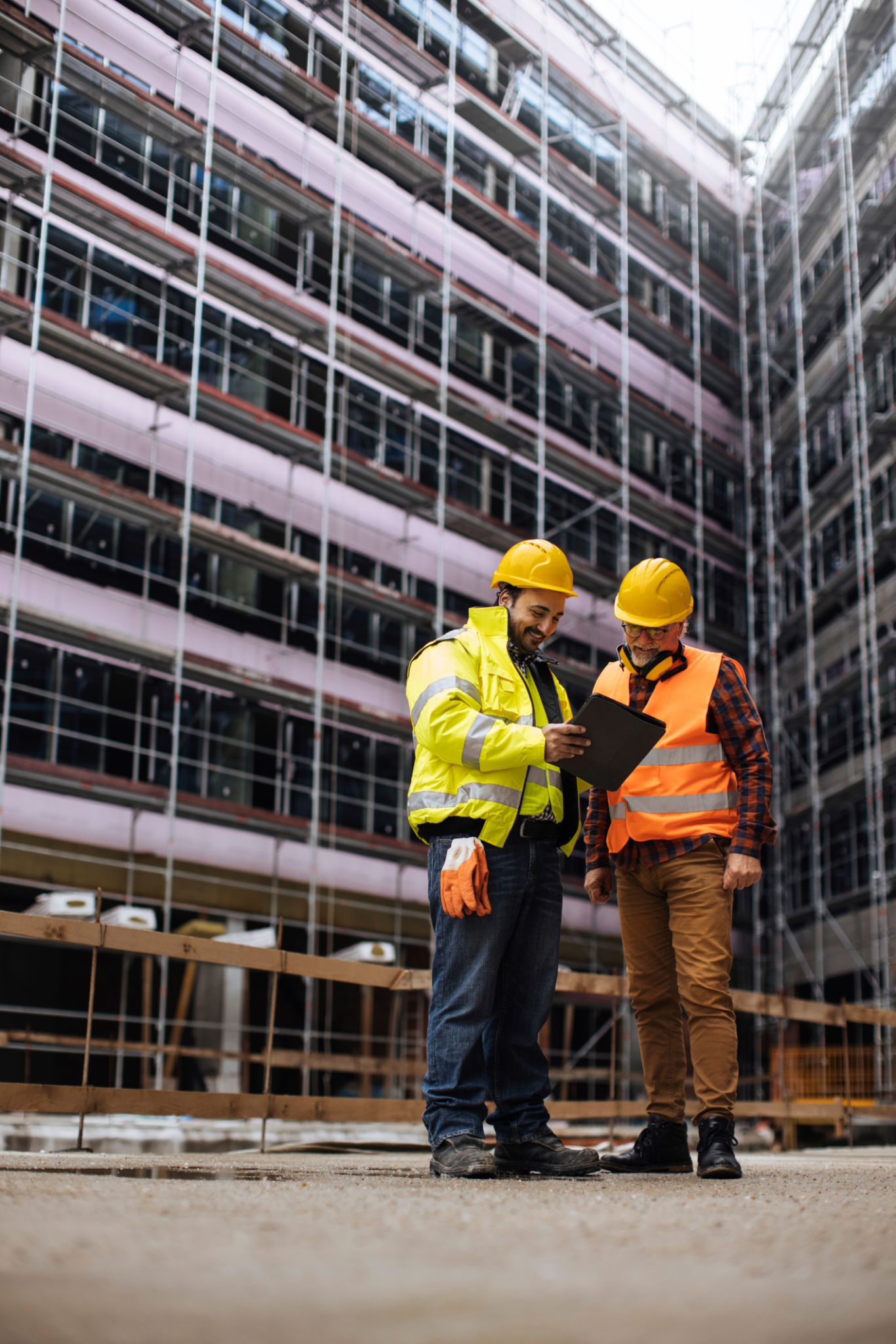Behind the Scenes: Developing Facility 13's Haunting Environments
Unveiling the Creative Process
The development of Facility 13's haunting environments was a journey of creativity and innovation. This project involved a team of talented designers and artists who worked tirelessly to craft an immersive experience. The goal was to create an atmosphere that was not only visually stunning but also emotionally engaging for visitors.
Creating such an environment required an understanding of psychological triggers that elicit fear and curiosity. The design team meticulously analyzed what makes an environment truly eerie, incorporating elements that would engage all the senses.

Conceptualization and Design
The first step in developing Facility 13's environments was conceptualization. The team brainstormed various themes and settings that could evoke a sense of dread and intrigue. Inspiration was drawn from classic horror films, literature, and even historical sites known for their eerie ambiance.
Once the concept was solidified, designers moved on to sketching and digital modeling. This phase involved creating detailed blueprints and 3D models to visualize the space. The team focused on every detail, from the angle of shadows to the texture of walls, ensuring that each element contributed to the overall mood.

Material Selection and Construction
With the design in place, the next step was selecting materials that would bring the vision to life. The choice of materials was crucial, as they needed to be durable yet realistic. Faux stone, aged wood, and rusted metal were among the materials chosen to create a convincingly aged and abandoned look.
Construction involved skilled craftsmen who meticulously assembled the sets. Attention to detail was paramount, as even the smallest flaw could disrupt the immersive experience. The team worked tirelessly to ensure that each component was authentic and cohesive with the overall theme.

Lighting and Sound Design
Lighting played a crucial role in creating the haunting atmosphere of Facility 13. Designers experimented with shadows, dim lights, and flickering effects to evoke a sense of unease. Strategic lighting was used to guide visitors through the environment, subtly directing their attention to key elements.
Sound design was equally important in enhancing the experience. A carefully curated soundscape of eerie whispers, distant footsteps, and unsettling noises added depth to the environments. The combination of light and sound worked together to create a fully immersive and spine-chilling experience.

Testing and Refinement
Once the environments were constructed, the team conducted extensive testing to ensure everything functioned as intended. This phase involved walking through the space, experiencing it from a visitor's perspective. Feedback was gathered and used to make necessary adjustments.
The refinement process was ongoing, with designers making tweaks to enhance the experience further. This iterative approach ensured that the final product was as engaging and terrifying as possible.
The Final Product
The culmination of months of hard work and creativity resulted in a series of environments that were both breathtaking and terrifying. Visitors to Facility 13 are treated to a truly immersive experience that lingers in their minds long after they've left.
Facility 13 stands as a testament to the power of meticulous design and creative storytelling. It demonstrates how a well-crafted environment can transport individuals to another world, evoking emotions and creating memories that last a lifetime.
